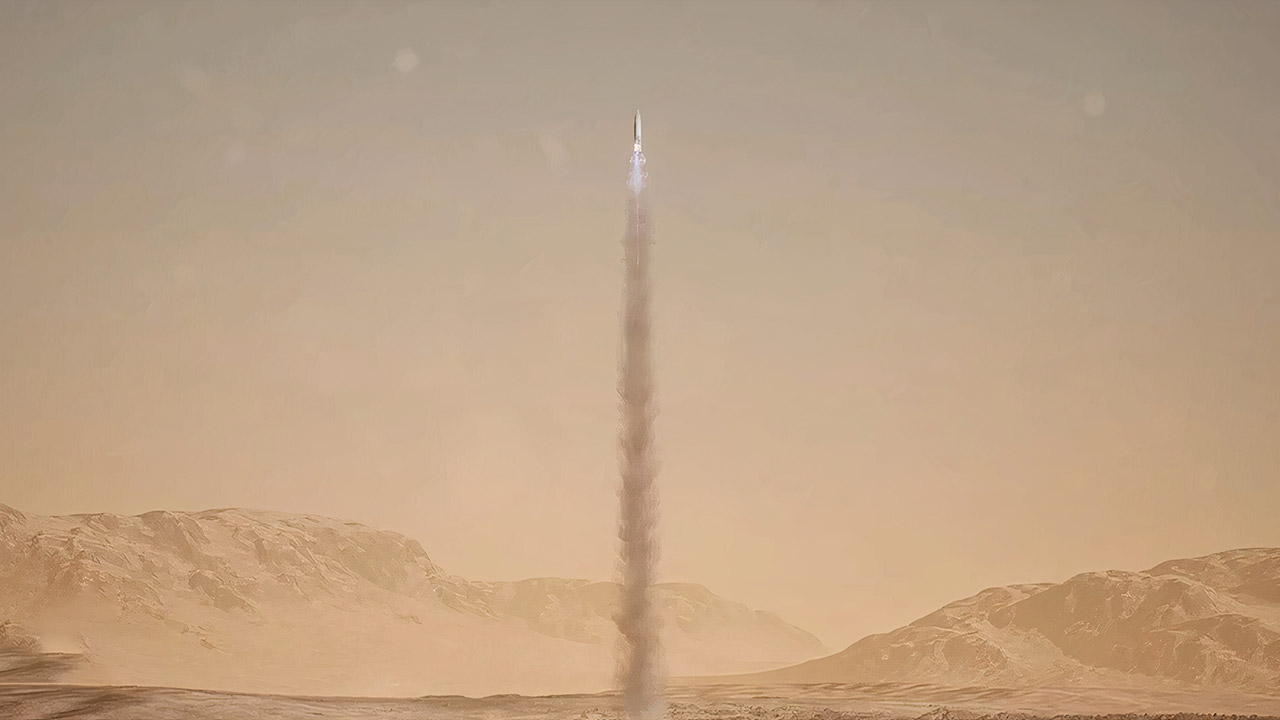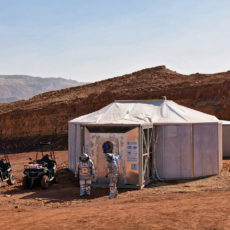
NASA’s Mars Sample Return (MSR) mission was once a bold dream to scoop up Martian dirt and bring it back to Earth, but it slammed into a brick wall due to skyrocketing costs nearing $11 billion. Lockheed Martin, an aerospace heavyweight with 50 years of Mars know-how, has unveiled a new budget-friendly plan that cuts the price to under $3 billion.
Lockheed Martin keeps it simple, sticking with tech that’s already proven itself. Instead of building shiny new spacecraft, they’re riffing off designs like the InSight lander, which nailed its Mars touchdown in 2018. Their plan shrinks the Mars Sample Return Lander (SRL) and the Mars Ascent Vehicle (MAV), the rocket that’ll shoot samples into orbit, plus a smaller Earth Return Orbiter (ERO) to catch those samples and haul them home. By scaling things down and using fixed-price contracts, Lockheed Martin tames the budget beast that tripped up NASA’s original idea. Whitley Poyser, Lockheed Martin’s Director of Deep Space Exploration, puts it plainly: “Our MSR plan shows how we’re giving NASA smart, affordable ways to do science and explore deep space.”
- Feed a passion for science and technology – Kids can learn more about the challenges of space exploration with this LEGO Technic NASA Mars Rover...
- Conduct a test flight – This advanced building kit for kids ages 10 and up includes a buildable toy version of NASA’s Ingenuity helicopter, which...
- AR brings the mission to life – The accompanying augmented reality app experience lets kids dive into the details of the rover and its mission

Efficiency is the name of the game. Lockheed Martin leans on tried-and-true systems—gear that’s already braved Mars’ harsh vibes. This isn’t about starting from scratch; it’s about using what’s already worked on the Red Planet. Their track record speaks volumes: they’ve had a hand in all 22 of NASA’s Mars missions, from the Viking landers of the ‘70s to the Perseverance rover scooping up samples in Jezero Crater right now. Lisa May, Senior Manager of Strategy for Deep Space Exploration, sums up the stakes: “These samples will show us where to build, what to dodge, and how to make it on Mars.”

The plan’s got a commercial twist that’s pretty rare for deep space. Lockheed Martin’s pitching a fixed-price deal, locking in costs and lightening NASA’s oversight load. They’ve got a history of coming in under budget—sometimes even handing cash back to NASA. By running this like a business, they’re aiming to keep things tight and fast. The mission’s a well-oiled machine: Perseverance hands off its samples to the SRL, which loads them into the MAV. The MAV blasts them into orbit, where the ERO grabs them for the trip back to Earth.

Lockheed Martin’s banking on their decades of experience to keep risks in check. They’ve run NASA’s three current Mars orbiters and built the MAV for the original MSR plan. By reusing stuff like the InSight lander’s landing gear, they cut down on surprises that jack up costs and delays. Poyser nails it: “With 50 years of Mars missions under our belt, we know how to tackle the tough stuff while staying on time and on budget.”
At its core, this mission’s about the science. It’s a testing ground for tech we’ll need for human Mars missions, like nailing orbital meetups and keeping samples secure. Lockheed Martin’s plan isn’t just about saving cash—it’s a stepping stone for NASA’s Moon to Mars vision, paving the way for humans to roam the Red Planet by the 2030s.
[Source]










